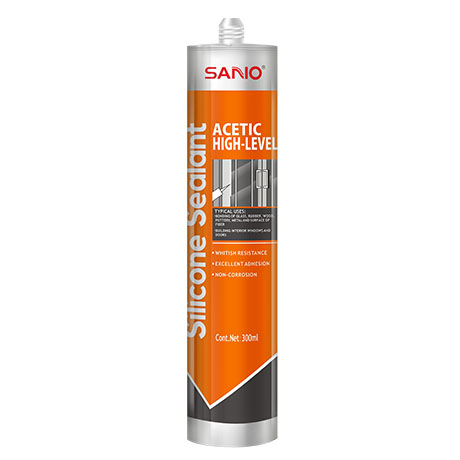What Happens If Silicone Sealant Gets Wet Before It Cures: Key Problems and Solutions
Silicone sealants are highly effective in creating strong, waterproof seals in various applications. However, what happens if silicone sealant gets wet before it cures can significantly affect its performance. Water exposure during the curing process can lead to surface damage, delayed curing, and weak bonding. Let’s explore these potential issues in detail, along with how SANVO silicone sealants can help minimize these problems.

Surface Damage from Water Contact
One of the immediate consequences of water exposure on uncured silicone is surface damage. If silicone sealant gets wet before it cures, the moisture can cause it to wash away, leaving behind streaks, discoloration, or an uneven surface. This is particularly problematic for visible sealing applications where aesthetics are important. The impact of moisture on the appearance and integrity of the sealant can be costly, especially if you need to reapply the product.
Delayed Curing Due to Moisture
Water intrusion can also slow down the curing process. What happens if silicone sealant gets wet before it cures is that moisture can interrupt the chemical reaction necessary for proper curing. This delay can prevent the silicone from reaching its full strength and waterproofing capabilities. Even if the surface of the sealant appears dry, water beneath the surface can keep the curing process incomplete, leading to weakened performance.
Weak Bonding and Seal Failure
The most critical issue arising from premature water exposure is weak bonding. If silicone sealant gets wet before it cures, the sealant may fail to properly adhere to the surfaces it’s meant to protect. This can result in leaks, and over time, the seal may completely fail. A strong bond is essential for the sealant to provide its waterproofing and sealing functions, and moisture can directly interfere with that.
How SANVO Silicone Sealant Helps
To prevent these issues, SANVO silicone sealant offers enhanced curing technology designed to withstand moisture exposure during the curing phase. With SANVO, you can ensure a quicker, more reliable cure, reducing the chances of surface damage, curing delays, and weak bonding. So, the next time you’re working with silicone sealant, make sure you choose SANVO for superior results.
Conclusion
In conclusion, what happens if silicone sealant gets wet before it cures can be detrimental to its performance. It’s crucial to avoid moisture contact until the sealant has fully cured to maintain a strong, durable, and aesthetically pleasing seal.